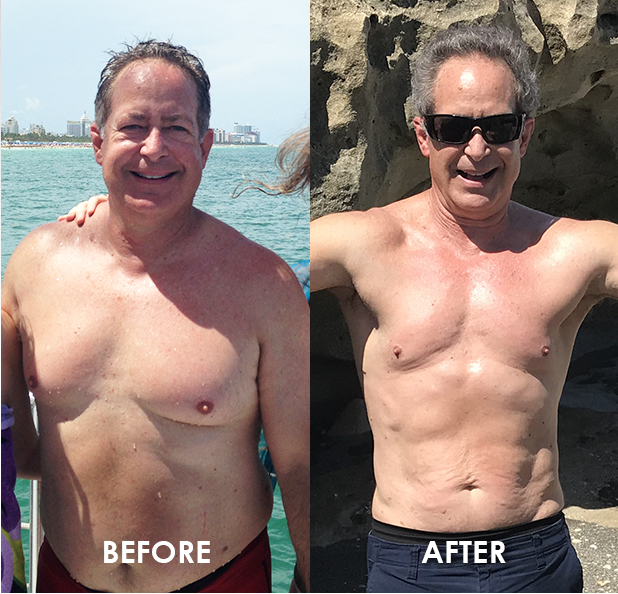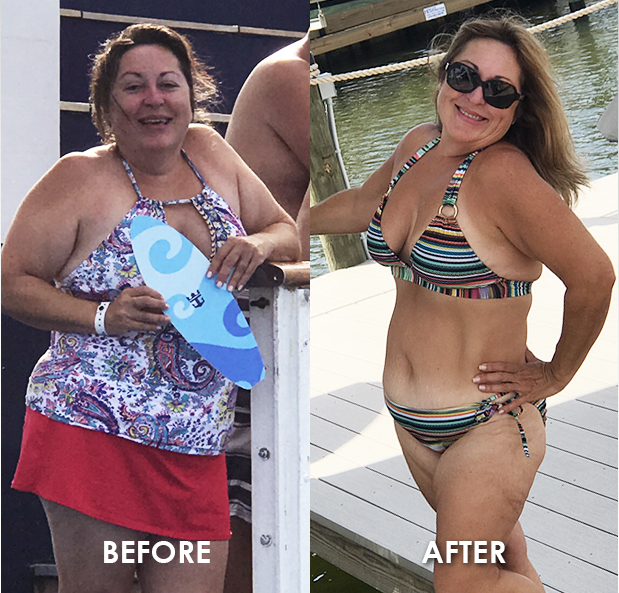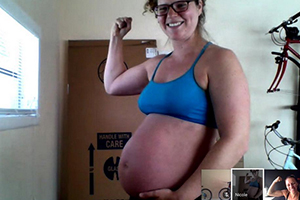As a Doctor of Physical Therapy, an important aspect of my job is to promote wellness and injury prevention. In just one day on the job, I have the opportunity to work with a vast group of individuals. For example, within the last month I worked with a professional athlete, a 16-year-old lacrosse player and an 85-year-old with spinal stenosis. One prominent commonality that I have found among most of my patients is the tendency to perform repetitive activities and sports with an overall lack of recovery. As regular exercise is a necessity to living a healthy lifestyle, so is rest and recovery!
In educating my patients and clients, I frequently stress the importance of cross training as a means to injury prevention to reduce the impact of stress on our joints. Cross training is a combination of low and high intensity exercises that offer a total body workout. Incorporating a variety of exercise methods and formats that reduce the stress and impact on your joints is a useful strategy to avoiding chronic and acute physical injury. While swimming and biking are the most commonly used cross training activities, another extremely effective alternative often overlooked in the exercise community is indoor (or outdoor) rowing. With over one million joint replacement surgeries performed in the United States each year due to high impact on our joints, incorporating low impact cross training activities such as rowing is important in an effort to reduce the overuse stresses on our muscles and joints.
Benefits of Rowing
Rowing offers a complete total-body workout that targets 20% upper-body, 20% core and 60% legs all while offering an effective cardiovascular workout. It is a skilled exercise that increases cardiovascular endurance and muscle/joint flexibility. A 30 minute rowing session at a high intensity rate can burn more calories than a moderate elliptical or jogging session at a longer duration. Rowing not only works out your muscles and cardiovascular system, but there is also research that proves that it improves the psychological state of mind. The rhythmic nature of rowing has been known to clear the head and reduce stress levels, which ultimately lead to a happier life.
Rowing Technique
If you want to get an effective rowing workout while maximizing the number of burned calories, it is important to practice correct posture and reach a high intensity level. What does that mean exactly? If you have the time or energy to talk while you are rowing, you aren’t reaching your maximum intensity level, or getting the most out of your workout. In addition, poor posture during rowing could lead to an increased chance of spinal injury. To avoid this, be comfortable and relaxed with your body balanced on the seat and your feet firmly planted on the foot plate. Once you have mastered correct posture and remember to keep your intensity level up, it’s time to master the four parts that make up a single rowing stroke: The Catch, Drive, Finish and Recovery. The catch begins the stroke when you grab the oar or rowing handles and begin to pull towards your chest, which is followed by the drive, where you will begin to push with your legs, entering the drive of the stroke. Once your legs are fully extended, you will begin to pull the oar in with your arms and swing your shoulders backward, bringing yourself to the finish position. This entire process is repeated, allowing each movement to flow into the next, forming another stroke. To maximize your rowing workout, complete 2 minute rowing intervals FIVE times at a high intensity with 1 minute arm or core exercises in between.
Rowing Compared to Other Forms of Exercise
Compared side-by-side to other cardiovascular exercise methods such as jogging on the treadmill, the elliptical machine, or StairMaster, rowing offers greatert benefits in muscle strengthening, cardiovascular endurance while decreasing your risk of joint injury. Rowing is a particularly great exercise routine for people who are recovering from a physical injury. Check out the chart below to compare the benefits of rowing compared to other indoor workout routines.
* = indicates intensity level
Make sure to like my Facebook Fan page and follow me on Instagram for daily fitness and physical therapy pictures, tips, tricks & advice!










